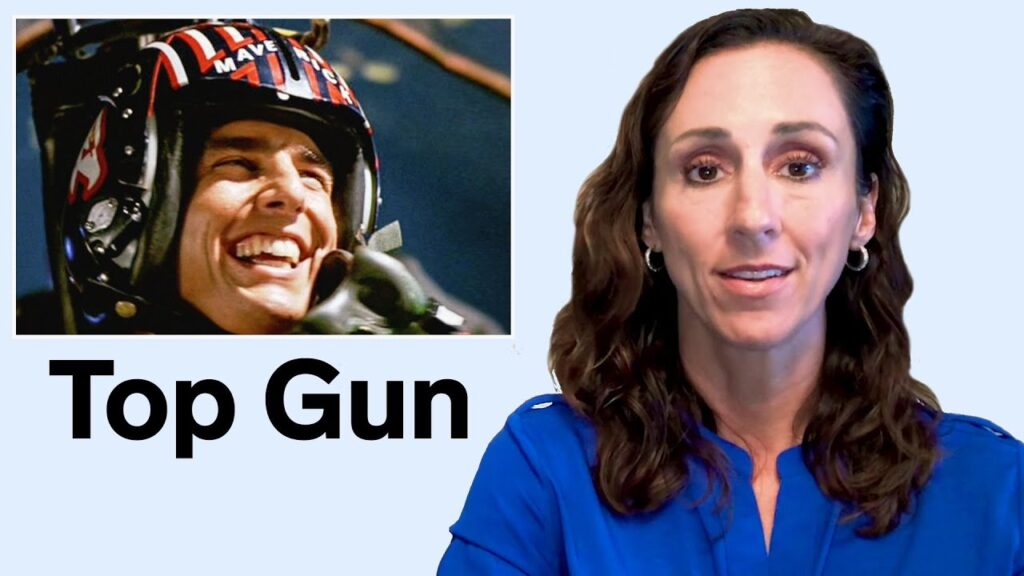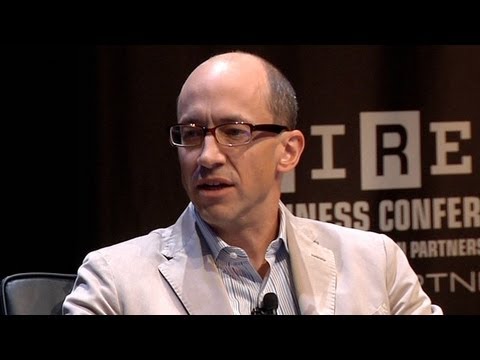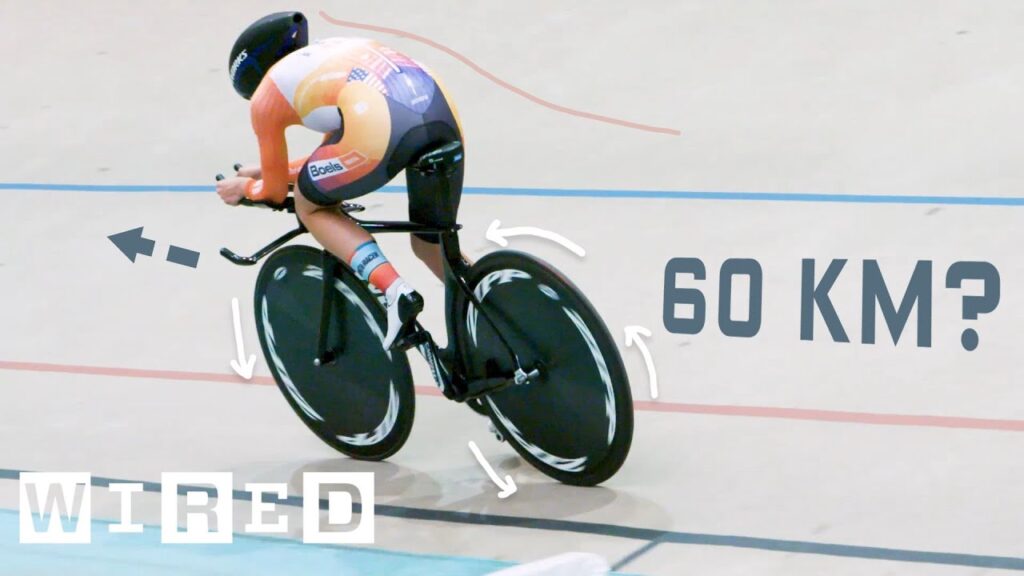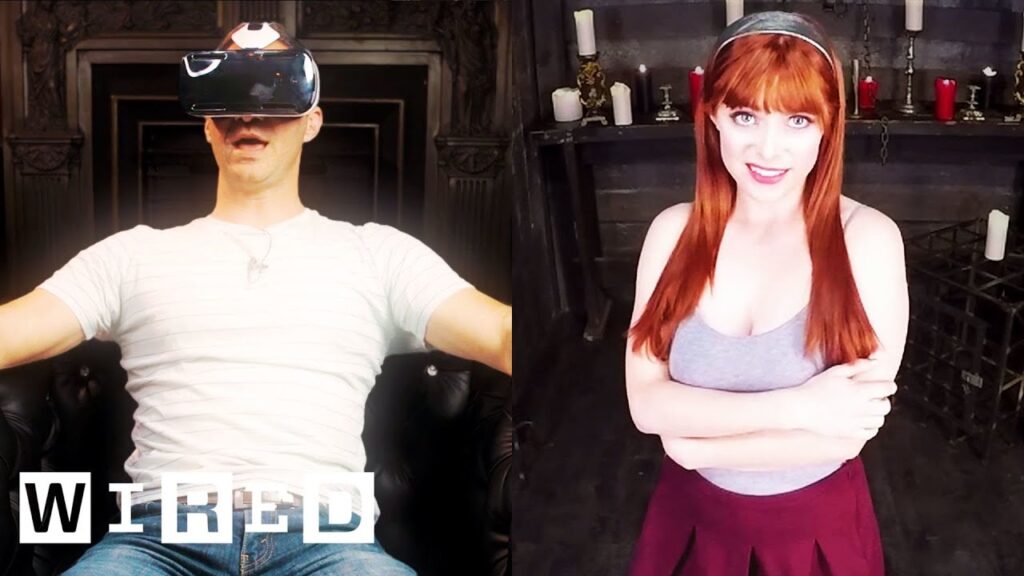Exploring the Creatures of Kong’s Skull Island
Summary
In this article, we delve into the making of the creatures in Kong’s Skull Island. From Kong himself to the skull crawlers and water buffalo, we explore the intricate details that went into creating these lifelike creatures. We also look at the challenges faced by the visual effects team and the tools they used to bring these creatures to life.
Table of Contents
- The Legacy of King Kong
- Bringing Kong to Life
- The Water Buffalo and Hair Grooming
- The Skull Crawlers and Design Inspiration
- Filming at Real Locations
- Conclusion
The Legacy of King Kong
Since the original stop-frame animation of King Kong by Willis O’Brien in 1933, audiences have been captivated by the visual effects used to bring the giant ape to life. In 2017, it was Industrial Light and Magic’s (ILM) turn to create the lifelike creatures of Kong’s Skull Island, including Kong himself.
Bringing Kong to Life
ILM’s VFX supervisor, Stephen Rosenbaum, joined the film even before the script was completed. He tasked several companies’ art departments to work on early ideas for the creatures. One of the most challenging character animation moments came from a simple pencil sketch of Kong eating squid. This shot required water and flesh simulation, facial animation, complex fur grooming, and detailed compositing.
Actor Toby Kebbell played both Jack Chapman and provided the motion capture for Kong. He also provided the facial capture for Kong, which the animators used as a reference. Kong has 19 million hairs, but ILM used various render controls to adjust the hair count and thickness. They also used a camera culling tool to drop out any hairs not seen by the camera.
The Water Buffalo and Hair Grooming
ILM’s hair grooming team, led by Gail Moran, used the new hair craft tool to create the complex hair and fur work. They created the hair for the water buffalo in the same way as Kong’s hair. However, the seaweed interacting with the horns was digitally simulated. The back of the water buffalo was created using Clarisse, a tool typically used for vegetation and environment.
The Skull Crawlers and Design Inspiration
The skull crawlers were a combination of designs from the art department and ILM. They were three-legged reptilian beasts with a defined skull head. The inspiration for the skull crawlers came from Pokemon Cabon, which was the director’s initial reference given to Steven Rosenbaum for the evil giant three-legged skull crawling killers.
Filming at Real Locations
The film’s general approach was to film at real locations whenever possible. The actors had seen some artwork, but the environment was real, and only the buffalo and water around it were digital.
Conclusion
The making of the creatures in Kong’s Skull Island was a challenging and intricate process. From Kong himself to the skull crawlers and water buffalo, the visual effects team at ILM used various tools and techniques to create lifelike creatures. The legacy of King Kong lives on, and audiences continue to be captivated by the visual effects used to bring these creatures to life.







